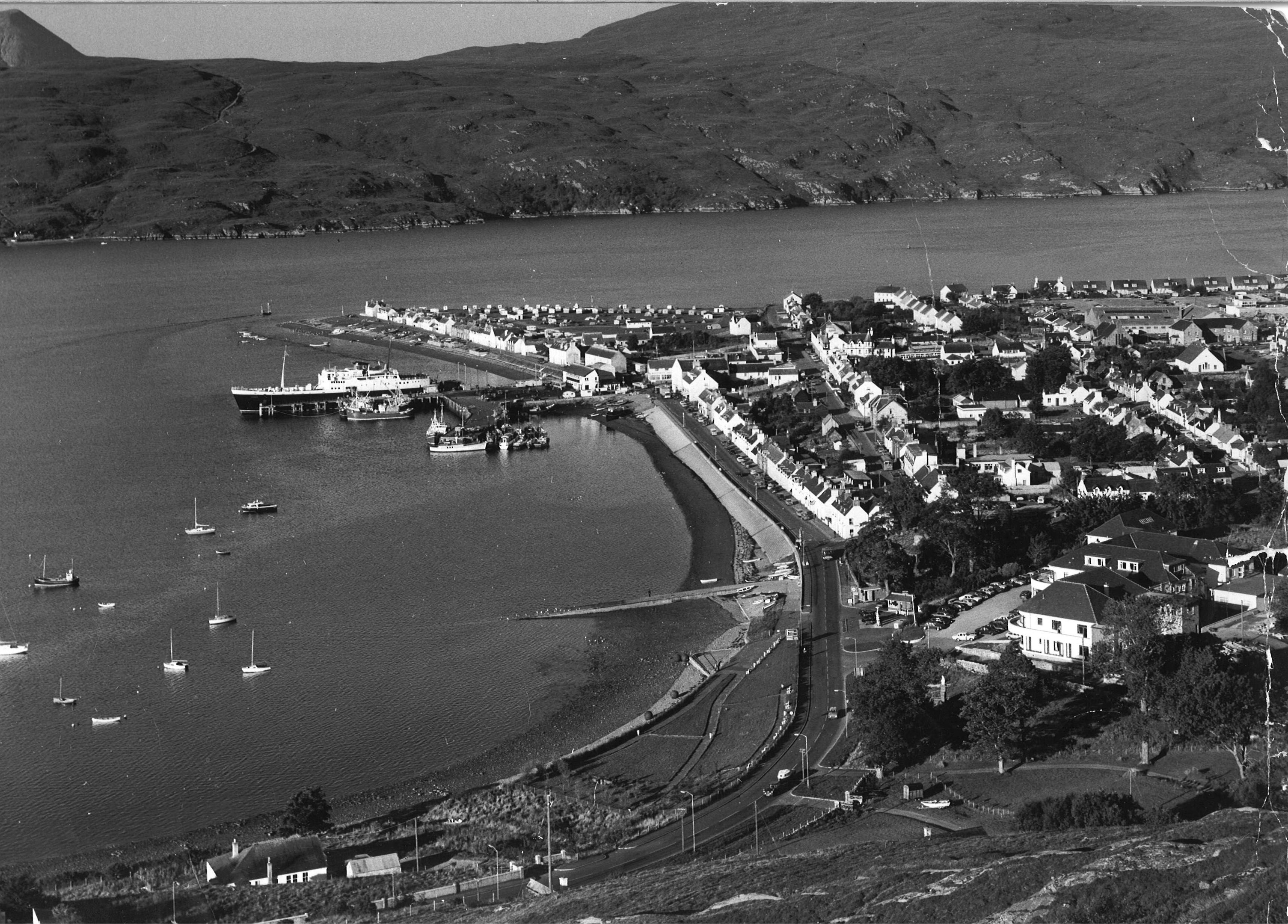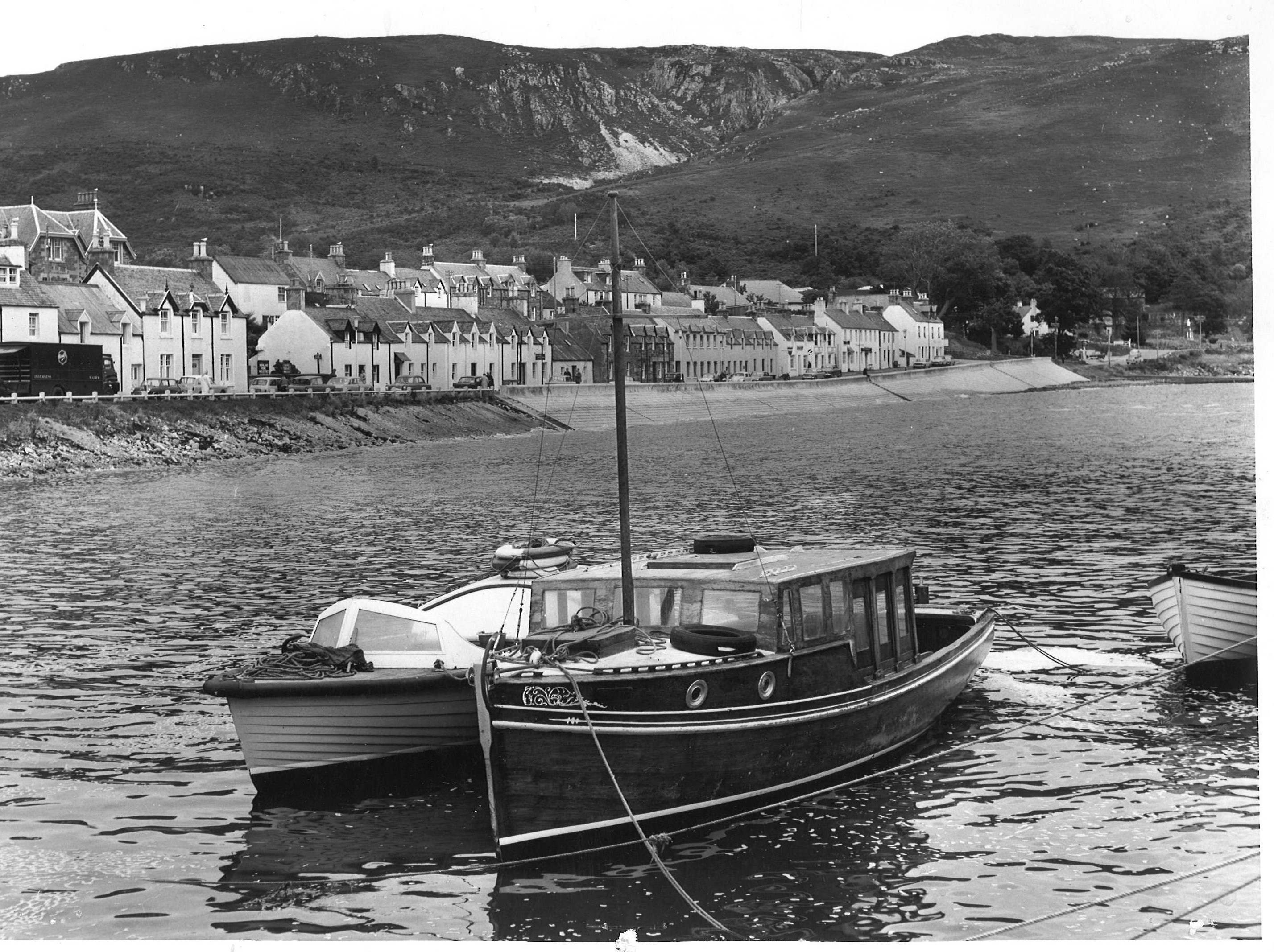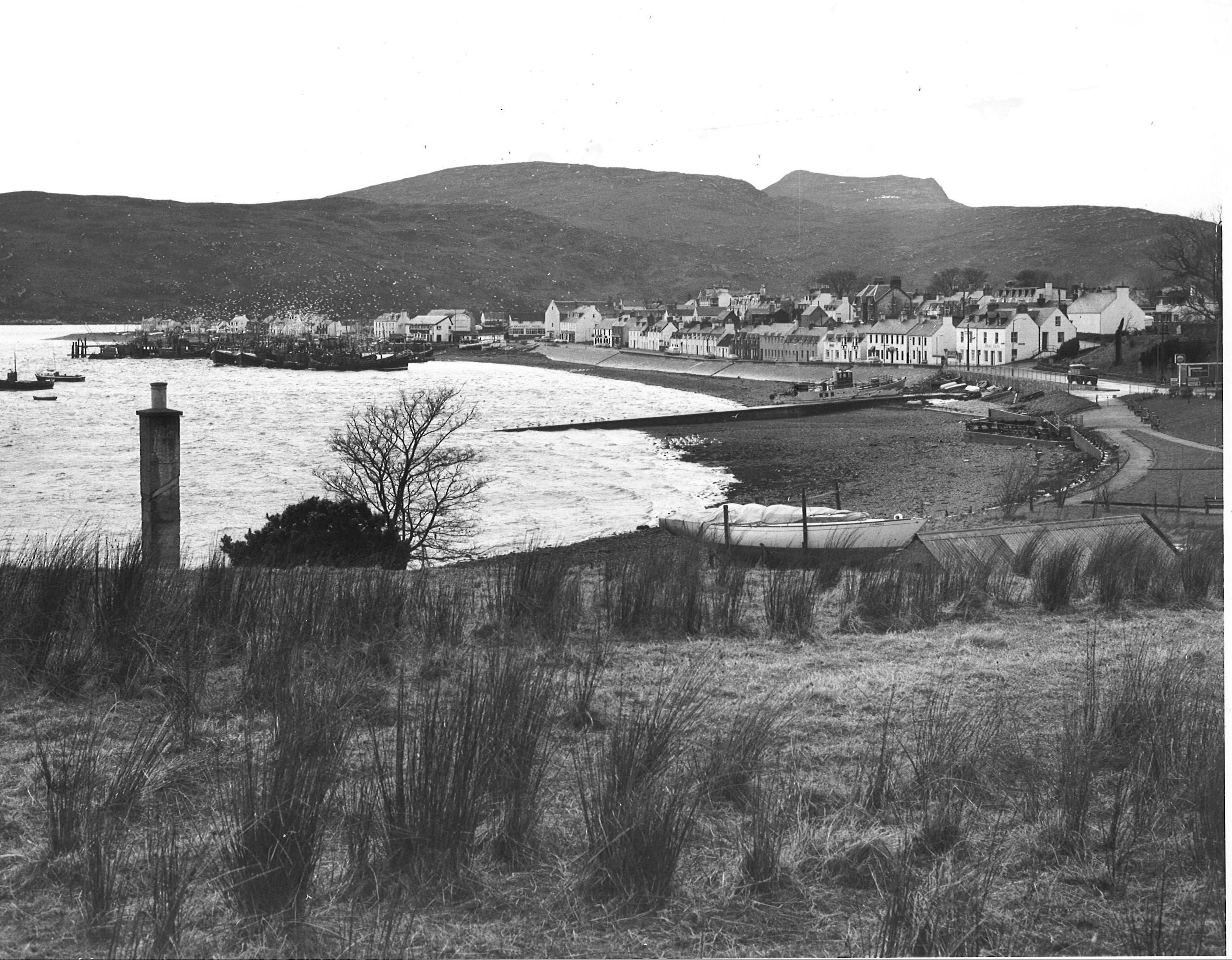The town of Ullapool has a unique shape and this is no coincidence.
Designed and built by Thomas Telford and the British Fisheries Society in 1788, its rare construction gives the town a working harbour, which advantaged the Highlanders until the “overfishing” bout of the 1830s.
Although the town was left with little prospects in the 1900s, the fishing decline did not prove fatal.
Over the next couple of decades, fleets from eastern Scotland began to see the benefits this tranquil town offered which was a safe anchorage on the west.
The fortunes of the Scottish fishing in Ullapool then doubled and fishing still remains at the heart of its economy.
Loch Broom became the base for many fishing boats and ships over the years and is still home to a number of more locally based fishing boats.
The “Klondykers” from Russia and East Europe were factory ships whose role was to process mackerel caught by smaller fishing boats, with the product being transferred to refrigerated vessels for return to other markets.
The “Klondykers” are no longer a feature of Loch Broom, but for many years their crews added a buzz around the streets of Ullapool and gave life to the seaside town.
As a base for exploring the north west of Scotland back then, and even now, Ullapool is ideal.


